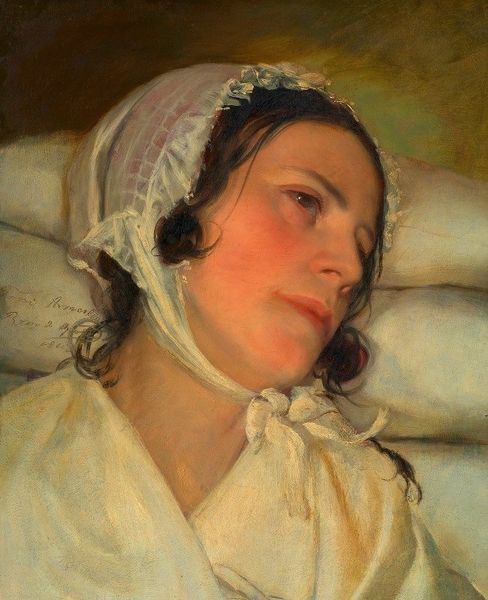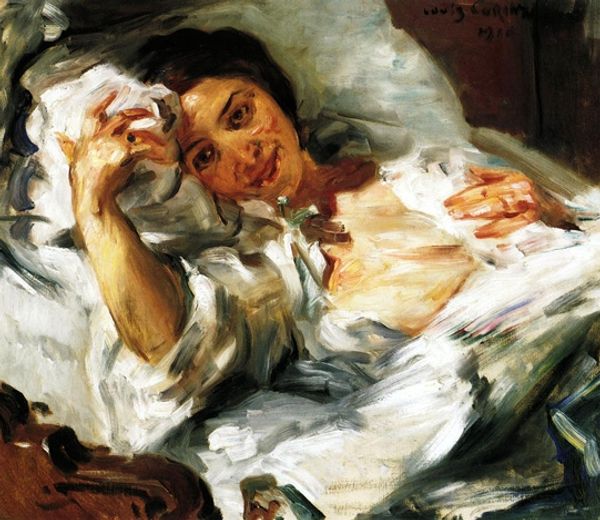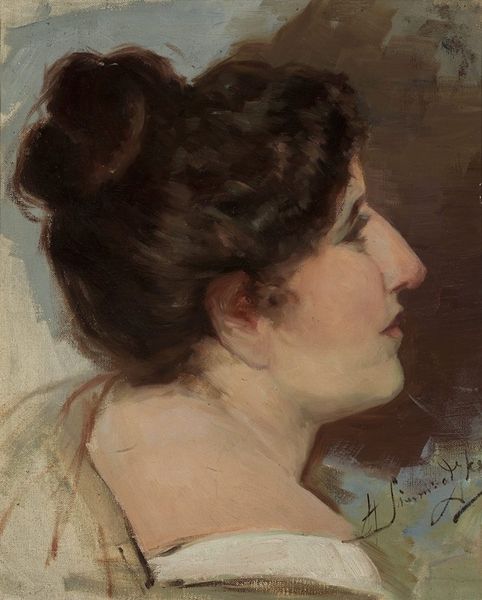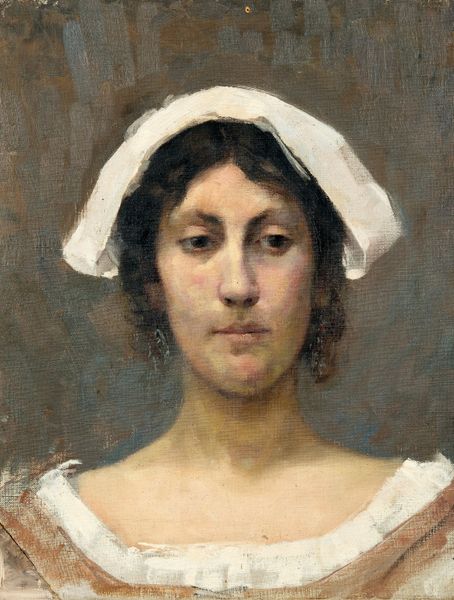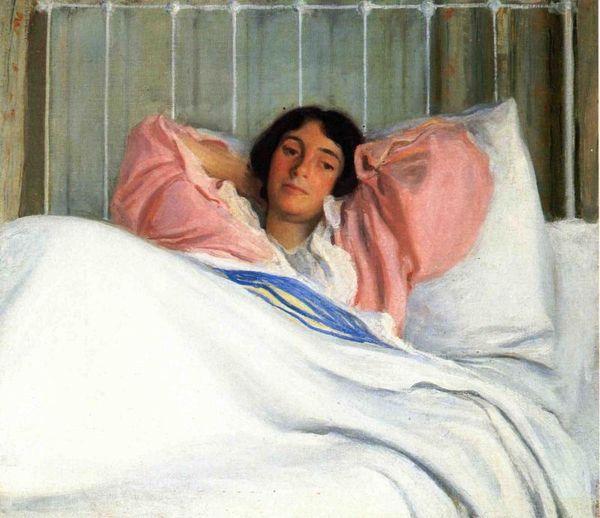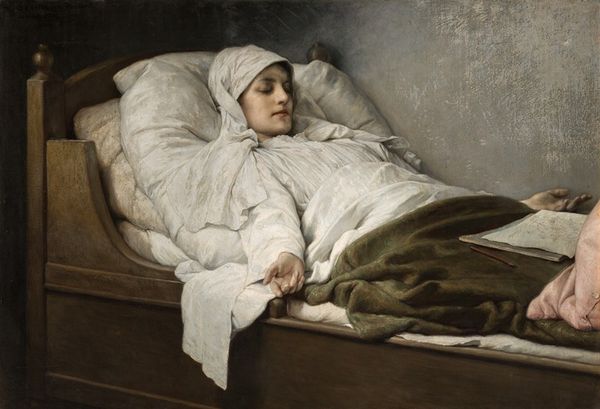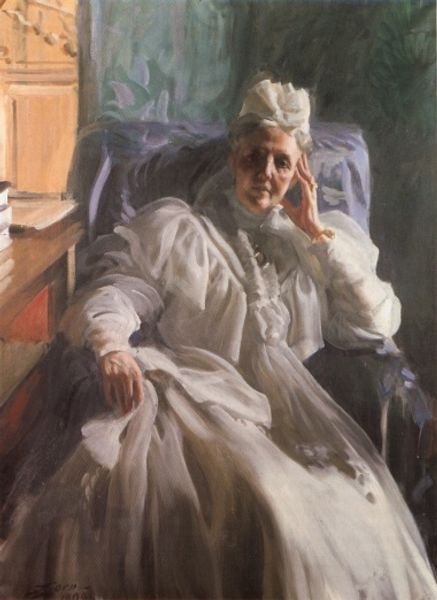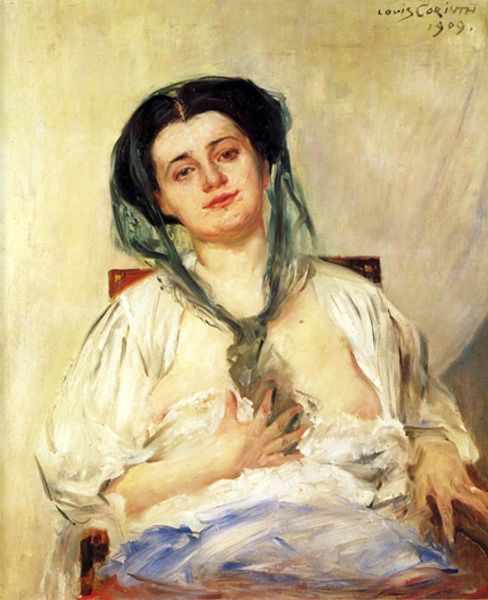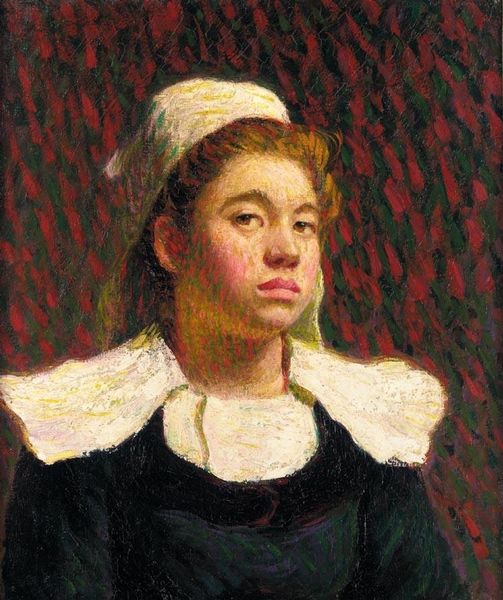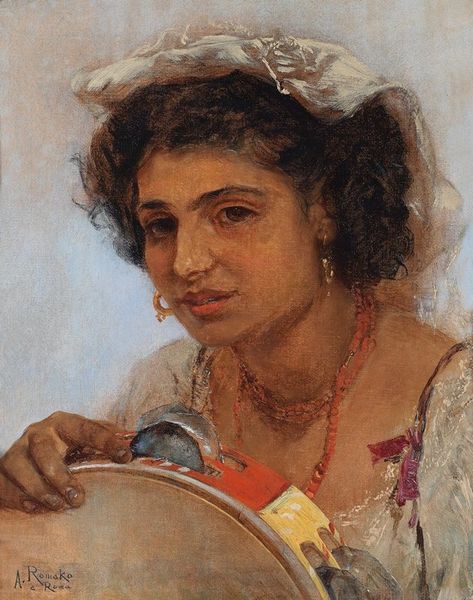
oil-paint
#
portrait
#
oil-paint
#
oil painting
#
genre-painting
#
realism
Copyright: Public Domain: Artvee
Editor: This oil painting is titled "Emilie Amerling on Her Sickbed," created by Friedrich von Amerling in 1872. The intimacy and vulnerability in the subject's expression is really striking. What’s your take on this portrayal? Curator: I find it interesting that Amerling, a celebrated portraitist, chose to depict his wife in such an unidealized state. Think about the 19th-century portrait market and the patrons who fueled it: they desired images reflecting wealth, status, and beauty. Presenting Emilie in her fragility challenges that paradigm. The very act of exhibiting this kind of private moment becomes a public statement. Editor: So it’s less about capturing beauty and more about capturing a lived experience? Curator: Precisely. How might exhibiting the private life and suffering of women contribute to or challenge the accepted norms of Viennese society? The rosy skin-tone, the slight redness of the cheeks; it almost alludes to some other artwork on display. Was it painted for love? For remembrance? How does it relate to how relationships were portrayed and understood at the time? The bright red ribbon that cuts across her collar—where does that fit, symbolically? Editor: It definitely makes you wonder about the purpose behind it. The painting humanizes someone often represented as figures of high status or beauty, reminding us of their mortality. I hadn't really thought about its defiance of portrait conventions until you explained the political landscape. Curator: Considering these layers offers insight into not just the artist's intentions but the art world and the role this picture may have played at the time. Art wasn't displayed for entertainment's sake; every piece had an agenda to present. Hopefully this paints a bigger picture of what the piece represents today. Editor: Thank you. It certainly does change how I appreciate the artwork's depth.
Comments
No comments
Be the first to comment and join the conversation on the ultimate creative platform.
